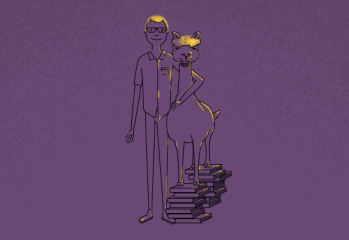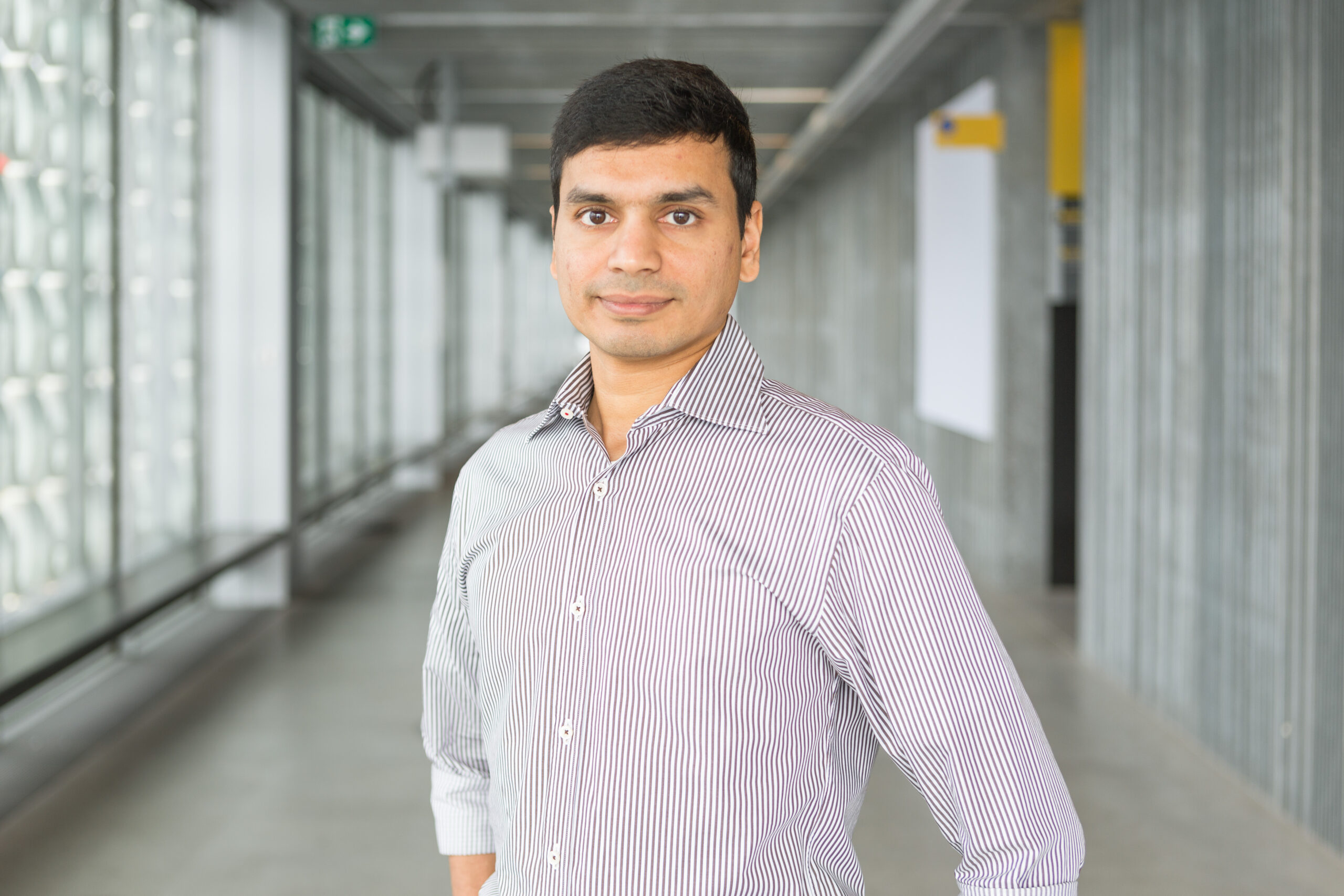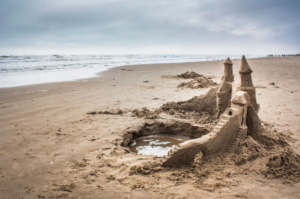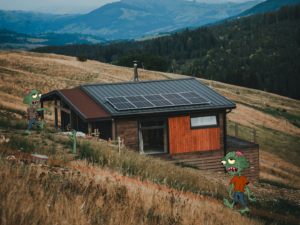The Cook Government announced the appointment of a new Chief Scientist of Western Australia last week.
Professor Sharath Sriram is only a few weeks into his new role, but he’s buzzing with ideas and a clear vision for the future.
His mission? “To provide independent scientific advice to advance Western Australian interests,” says Sharath.
“To use STEM technology and innovation to make WA a better place to live and be.”
A SCIENTIST, STRATEGIST AND STORYTELLER
For the Chief Scientist, it’s not all lab coats and science experiments.
Sharath’s new role falls at the intersection of government policy, innovation and public engagement.
In his day-to-day job, Sharath provides advice to the government and members of the public service. “Trying to shape up the department’s policies to better support the government’s vision to achieve maximum impact,” says Sharath.
If we had to sum up the job description, it comes down to understanding the vision of government ministers and staff, creating strategies to support it and then refining the delivery of those strategies.
Although the Chief Scientist is a scientist, he won’t be doing a lot of science experiments.
He must also ensure Australia – and the world! – knows about everything happening in STEM and innovation right here in WA.
When asked what excites him the most about the role, Sharath says, “WA’s ambition!”
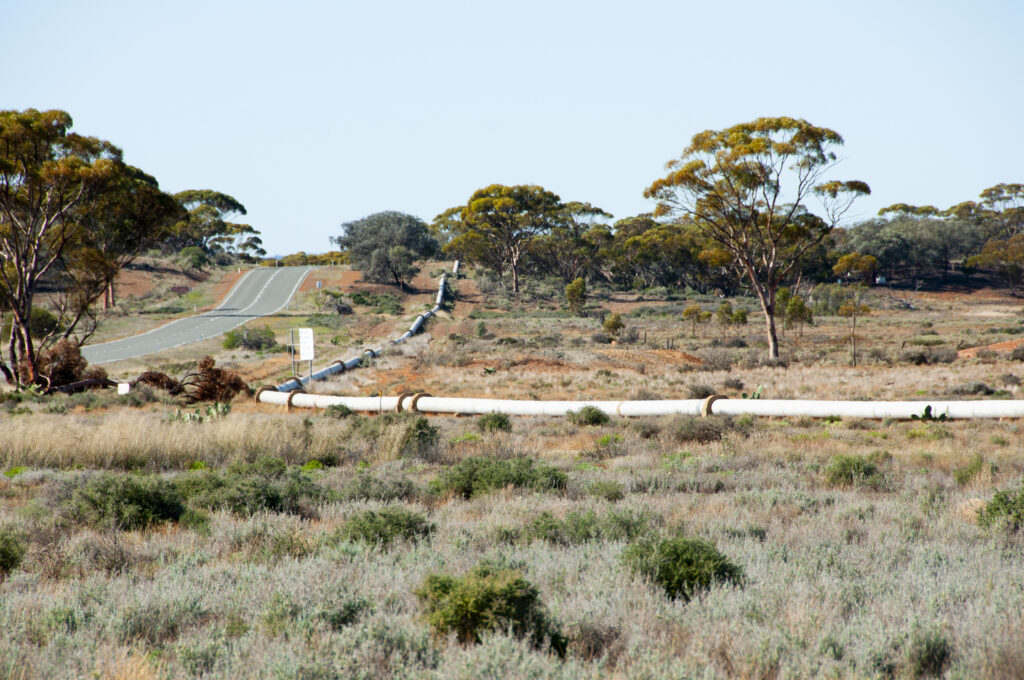
Credit: Getty Images
BECOMING CHIEF SCIENTIST
The WA Government called for expressions of interest for the role back in November.
Never one to miss an opportunity, Sharath threw his hat into the ring.
Just as the hiring process was gaining momentum, the WA State Election was called and the government went into caretaker mode, which effectively pressed the pause button.
“Everything went quiet, and then it all ramped up very quickly,” says Sharath.
“They extended an invitation, and with a couple of discussions, it became real.”
A BALANCING ACT
Sharath has been based in Naarm/Melbourne at RMIT University.
He plans to continue his role as a researcher and educator with the part-time duties of Chief Scientist, which he sees as a benefit rather than a challenge.
“It ensures I have my finger on the pulse,” says Sharath. “I know the pain points the industry faces. And I take all those lessons the sector faces and put them into strategies.”
And while it may seem puzzling that the Chief Scientist of WA comes from Victoria, he brings a fresh perspective, without affiliation or biases, and can stay focused on doing what’s best for the state.
A CAREER DRIVEN BY CURIOSITY
Sharath attributes the success of his career to one simple force: curiosity.
Growing up in India, he studied electronics and communications at university.
While many of his peers were diving into coding and software, Sharath wanted to build the computers themselves, which steered him into engineering.
“I wanted to make things,” says Sharath. “That’s what is fun for me.”
In 2004, when he moved to Australia with his wife, Professor Madhu Bhaskaran – a leading figure in STEM and co-chair of Women in STEMM Australia – his career began to evolve.
He taught university students, participated in academic research around medical technology at RMIT University, co-led the Functional Materials and Microsystems Research Group and created the Discovery to Device research facility, where Sharath describes his work as “making science fiction reality”.
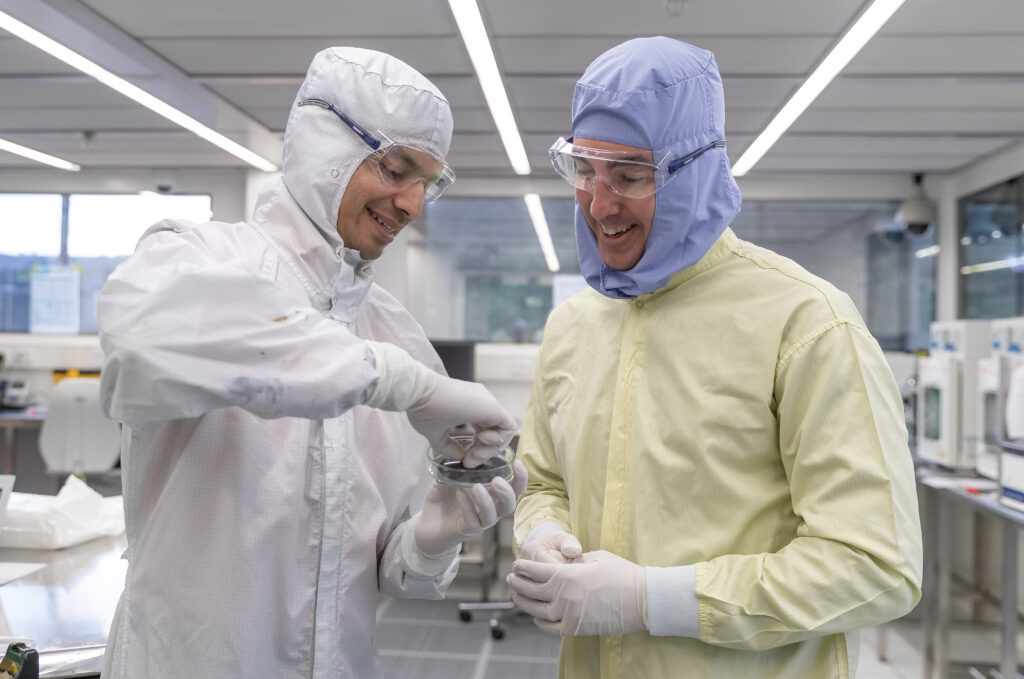
Credit: Supplied Sharath Sriram
Having seen firsthand how rural communities in India were often cut off from healthcare, Sharath is passionate about getting medical technology into regional and remote areas – a philosophy that benefits WA’s geography and communities.
He has influenced science and innovation policy for some time as a board member of Science & Technology Australia.
“You need to be open in your career and grab opportunities as they come,” says Sharath.
A self-described workaholic, when Sharath isn’t working, he enjoys baking, cooking and playing video games with his son.
STEM FOR ALL – AND EARLY
Sharath is a fierce advocate for diversity and inclusion in STEM, particularly when it comes to women’s careers in the field.
His efforts have contributed to the Australian Research Council considering parental leave as two years – irrespective of actual duration – which helps level the playing field for women in science.
He is also passionate about early childhood science education.
A headstart in science, technology, engineering and maths education not only potentially changes the lives of young people, it can also change the future of STEM.
His advice to young people interested in pursuing STEM?
“Always be curious because you never know what you might find,” says Sharath.
He encourages people to ask questions and seek out opportunities. To be unafraid to hear no. To think long term.
He believes STEM can improve people’s lives and that you can be part of that.
With such a passionate, positive mindset leading the state, WA’s scientific future is looking very bright.
